

Articles
How To Store Gumbo
Modified: February 27, 2024
Looking for articles on how to store gumbo? Check out our comprehensive guide for helpful tips and tricks to keep your gumbo fresh and flavorful.
(Many of the links in this article redirect to a specific reviewed product. Your purchase of these products through affiliate links helps to generate commission for Storables.com, at no extra cost. Learn more)
Introduction
Welcome to the world of gumbo, a delicious and soul-warming stew originating from Louisiana. If you’ve recently made a big batch of gumbo and find yourself wondering how to store it properly, you’ve come to the right place. In this article, we’ll guide you through the steps to ensure your gumbo stays fresh and flavorful.
Gumbo is known for its rich and complex flavors, thanks to the combination of various meats, vegetables, and spices. Whether you’ve made a classic chicken and sausage gumbo, a seafood gumbo, or a vegetarian version, knowing how to store it correctly can make all the difference in preserving its taste and texture.
Proper storage techniques will help maintain the integrity of the ingredients, prevent bacterial growth, and ensure the gumbo stays fresh for longer. So let’s dive into the steps involved in storing gumbo so you can enjoy it for multiple meals or save it for a later date.
Key Takeaways:
- Properly storing gumbo is crucial for maintaining its rich flavors and textures. Choose the right container, cool it quickly, and follow proper freezing or refrigeration techniques to enjoy gumbo for multiple meals.
- When reheating gumbo, use gentle heat and ensure it reaches a safe internal temperature. Avoid multiple reheating cycles and never refreeze thawed gumbo to preserve its delicious flavors.
Read more: How To Store Store-Bought Bread
Step 1: Choosing the Right Container
The first step in storing gumbo is to choose the right container. The container you use should be airtight, leak-proof, and able to withstand freezing or refrigeration. Here are a few options to consider:
- Plastic containers with tight-fitting lids: These are a popular choice for storing gumbo. Make sure the containers are food-grade and microwave-safe if you plan on reheating the gumbo directly in them.
- Freezer-safe bags: If you prefer a space-saving option, consider using freezer-safe bags. It’s important to use bags specifically designed for freezing, as they are thicker and less prone to freezer burn. Double-bagging can provide extra protection against leaks.
- Glass containers with sealing lids: Glass containers are a great option if you want to reheat your gumbo in the oven or microwave. Make sure the lids have a tight seal to prevent air from entering and compromising the gumbo’s quality.
When selecting a container, consider the amount of gumbo you plan to store. It’s best to use smaller containers or portion out the gumbo into individual servings. This allows for easier thawing and reheating later on without having to defrost the whole batch.
Avoid using containers made of materials that may absorb odors or flavors, such as porous plastics or certain metals. Additionally, ensure that the chosen container is clean and completely dry before storing the gumbo to prevent any contamination.
Once you’ve chosen the appropriate container, it’s time to move on to the next step: cooling the gumbo before storage.
Step 2: Cooling the Gumbo
Before storing gumbo, it is essential to cool it properly to prevent bacteria growth and maintain its quality. Here are some steps to follow for effective gumbo cooling:
- Divide the gumbo: If you’ve made a large batch of gumbo, it’s best to divide it into smaller portions. This ensures faster cooling and makes it easier to store and reheat later.
- Use an ice bath: To cool the gumbo quickly and safely, set the container in an ice bath. Fill a larger container or sink with ice and cold water, then place the gumbo container in it. Stir the gumbo occasionally to distribute the heat evenly and promote faster cooling.
- Stir to release heat: While the gumbo is in the ice bath, give it an occasional stir. This helps release the heat, allowing the gumbo to cool down more rapidly.
- Avoid leaving the gumbo at room temperature: It’s crucial to avoid leaving the gumbo at room temperature for an extended period. Bacteria can multiply rapidly at temperatures between 40°F (4°C) and 140°F (60°C). Cooling the gumbo quickly prevents bacteria growth and helps maintain food safety.
- Don’t overcrowd the refrigerator: Once the gumbo has cooled enough, transfer it to the refrigerator for further cooling. However, avoid overcrowding the refrigerator as it can hinder proper airflow, leading to uneven cooling. Allow some space between the gumbo container and other items in the fridge.
It’s recommended to cool the gumbo to around 40°F (4°C) or below within two hours. Once the gumbo has cooled properly, you can proceed to the next step: freezing or refrigerating it for storage.
Step 3: Freezing Gumbo
If you’re planning to store gumbo for an extended period, freezing is an excellent option to retain its flavor and texture. Follow these steps to freeze gumbo properly:
- Prepare the container: Ensure your chosen container is freezer-safe, leaving enough headspace for the gumbo to expand as it freezes. If you’re using freezer bags, squeeze out any excess air before sealing to minimize ice crystals.
- Label and date: Before pouring the gumbo into the container, label it with the name and date of preparation. This will help you keep track of its freshness.
- Pour and seal: Carefully pour the gumbo into the container, leaving about ½ inch of headspace to accommodate expansion. Seal the container tightly to prevent freezer burn and maintain the gumbo’s quality.
- Place in the freezer: Put the sealed gumbo container in the coldest part of the freezer, such as the back or bottom shelf. Avoid placing it near the freezer door, as it may be exposed to temperature fluctuations.
- Store for up to 3 months: Gumbo can be stored in the freezer for up to three months without a significant loss in quality. However, for optimal flavor and texture, it’s best to consume it within the first two months.
When you’re ready to enjoy the frozen gumbo, you can thaw and reheat it following the instructions in the next steps. Remember not to refreeze thawed gumbo, as it can affect its taste and quality.
Now that you know how to freeze gumbo, let’s explore the next step: refrigerating gumbo for shorter storage periods.
Store gumbo in an airtight container in the refrigerator for up to 3-4 days. For longer storage, freeze in a freezer-safe container for up to 3 months. Reheat gently on the stovetop.
Step 4: Refrigerating Gumbo
If you plan to consume the gumbo within a few days, refrigeration is the way to go. Follow these steps to properly store gumbo in the refrigerator:
- Cool the gumbo: Make sure the gumbo has been properly cooled down as outlined in Step 2 before refrigerating it. This prevents bacteria growth and helps maintain its quality.
- Transfer to airtight containers: Using airtight containers, divide the gumbo into smaller portions for easy access. This also helps maintain the gumbo’s flavor and prevents any cross-contamination.
- Label and date the containers: Before storing the gumbo, label each container with the name and date of preparation. This ensures that you know when it was made and can consume it within a safe timeframe.
- Place in the refrigerator: Put the sealed containers of gumbo in the refrigerator’s main compartment rather than the door, as it experiences more temperature fluctuations. Ensure that the temperature in your fridge is set to 40°F (4°C) or below to maintain food safety.
- Consume within 3 to 4 days: Gumbo stored in the refrigerator should be consumed within 3 to 4 days for best quality. After that, the flavors may start to deteriorate, and the risk of bacterial growth increases.
Keep in mind that the longer gumbo remains in the refrigerator, the more likely it is to lose its taste and texture. If you don’t plan to consume the gumbo within a few days, freezing is a better option to retain its quality for longer.
Now that you know how to refrigerate gumbo, let’s move on to the final step: reheating techniques to bring out its mouth-watering flavors once again.
Read more: How To Store Basil From Store
Step 5: Proper Reheating Techniques
When it’s time to enjoy your stored gumbo, reheating it properly is crucial to bring back its delicious flavors. Here are some recommended techniques for reheating gumbo:
- Thawing frozen gumbo: If you have frozen gumbo, it’s best to thaw it first before reheating. The safest way to thaw frozen gumbo is by transferring it from the freezer to the refrigerator and allowing it to thaw overnight. Alternatively, you can use the defrost function on your microwave, but be careful to avoid partially cooking the gumbo in the process.
- Reheating on the stovetop: For best results, reheat gumbo on the stovetop. Place the desired amount of gumbo in a saucepan or pot and heat it over low to medium heat. Stir occasionally to ensure even heating and prevent sticking to the bottom of the pan. Once the gumbo reaches a steaming temperature, it’s ready to be served.
- Reheating in the microwave: If you need a quick and convenient reheating option, the microwave can be used. Transfer the gumbo to a microwave-safe container, cover it loosely to allow steam to escape, and heat it in short bursts, stirring every 30 seconds. Be cautious not to overheat the gumbo, as it can become too hot in some areas and cold in others.
- Use low heat: Regardless of the reheating method you choose, it’s important to use low to medium heat. This helps to prevent the gumbo from scorching or drying out.
- Check for proper internal temperature: When reheating gumbo, ensure it reaches a minimum internal temperature of 165°F (74°C) to ensure food safety and eliminate any bacteria that may have developed during storage.
Remember, it’s best to only heat the amount of gumbo you plan to consume to avoid multiple reheating cycles that can affect the overall quality. Leftover gumbo should not be reheated and then stored again.
Congratulations! You have successfully learned the steps to store gumbo and enjoy it at its best. By following these proper storage and reheating techniques, you can savor the flavors of gumbo for multiple meals or save it for a later date.
Now go ahead and enjoy your delicious gumbo!
Conclusion
Storing gumbo properly is essential to maintain its flavor, texture, and overall quality. By following the steps outlined in this article, you can ensure that your gumbo stays fresh whether you choose to freeze it for long-term storage or refrigerate it for shorter periods.
Remember to choose the right container, preferably one that is airtight and freezer-safe. Divide the gumbo into smaller portions to facilitate easier storage and reheating. Cooling the gumbo properly before storing it is also crucial to prevent bacterial growth.
If you opt for freezing, make sure to label and date the containers and place them in the coldest part of the freezer. Stored properly, gumbo can be frozen for up to three months, but it is recommended to consume it within the first two months for optimal taste.
For shorter storage periods, refrigerating gumbo is a great option. Use airtight containers, label and date them, and keep the gumbo in the main compartment of the refrigerator at a temperature of 40°F (4°C) or below. It is advisable to consume refrigerated gumbo within 3 to 4 days to maintain its quality.
When it’s time to reheat the gumbo, use gentle heat on the stovetop or microwave, ensuring it reaches an internal temperature of 165°F (74°C) for safety. Avoid reheating and then storing leftovers, as this can compromise the quality and pose food safety risks.
By following these proper storage and reheating techniques, you can enjoy the flavorsome and comforting goodness of gumbo whenever you desire. So go ahead, store your gumbo properly, and savor its deliciousness time and time again!
Frequently Asked Questions about How To Store Gumbo
Was this page helpful?
At Storables.com, we guarantee accurate and reliable information. Our content, validated by Expert Board Contributors, is crafted following stringent Editorial Policies. We're committed to providing you with well-researched, expert-backed insights for all your informational needs.


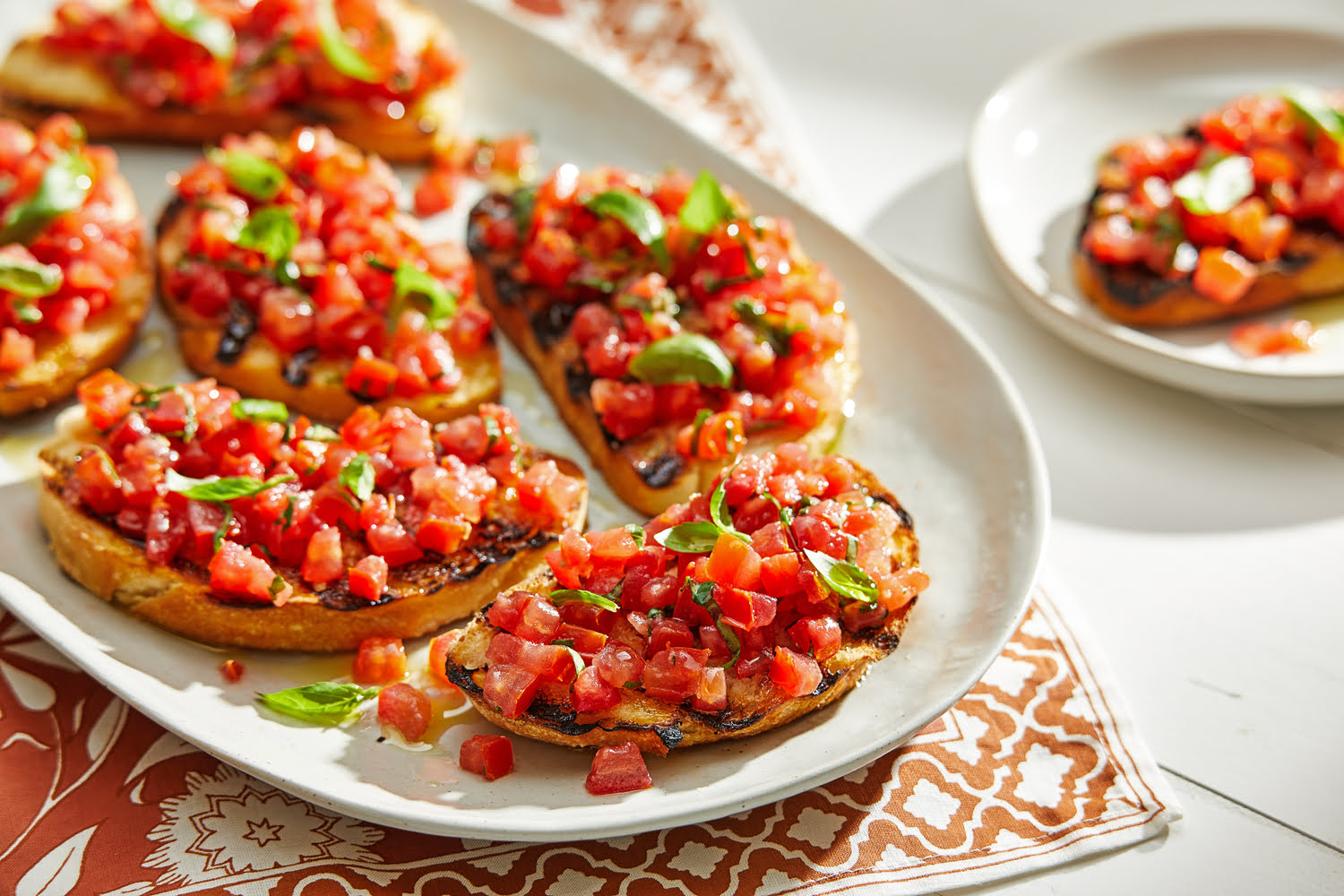

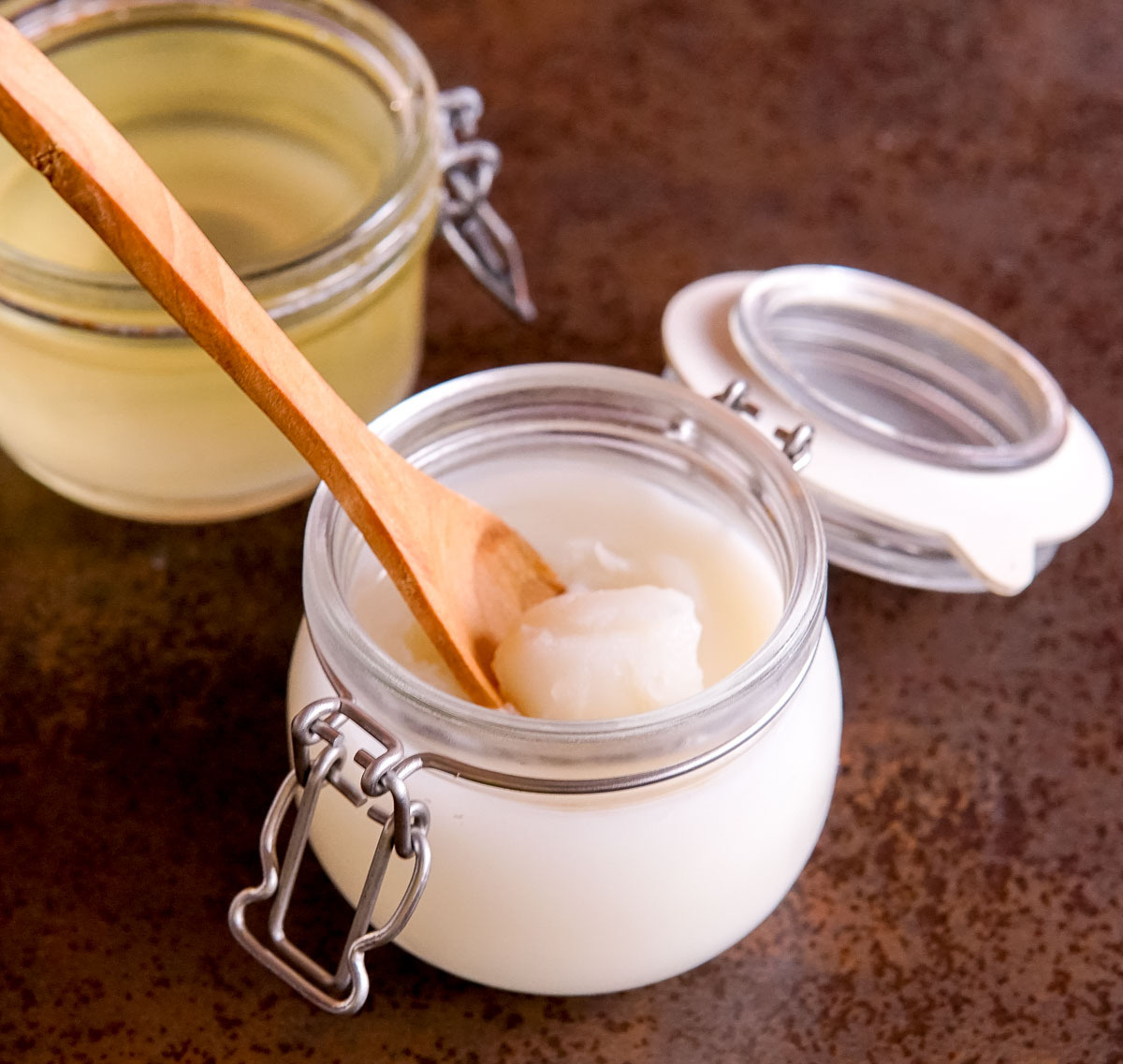



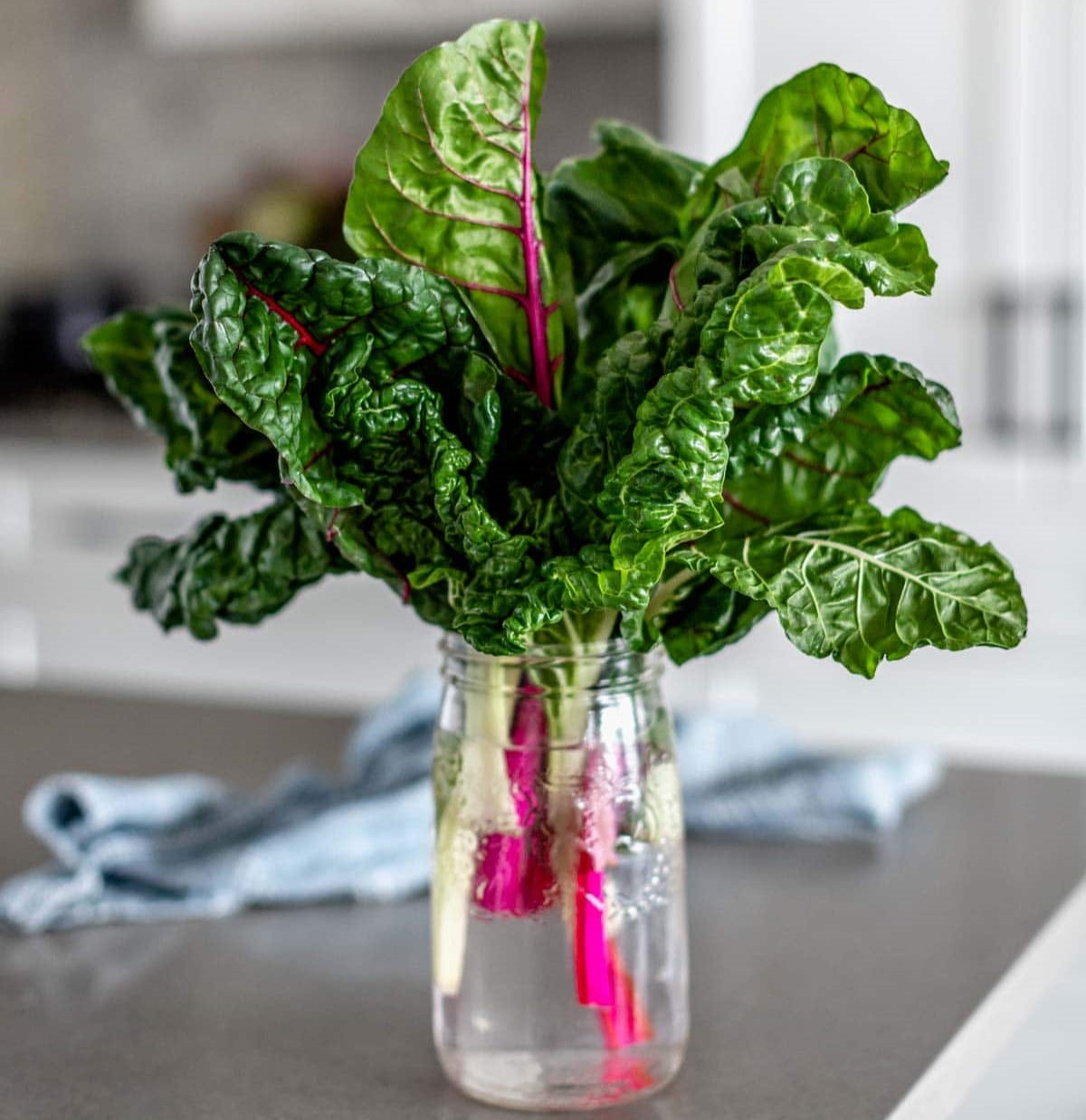
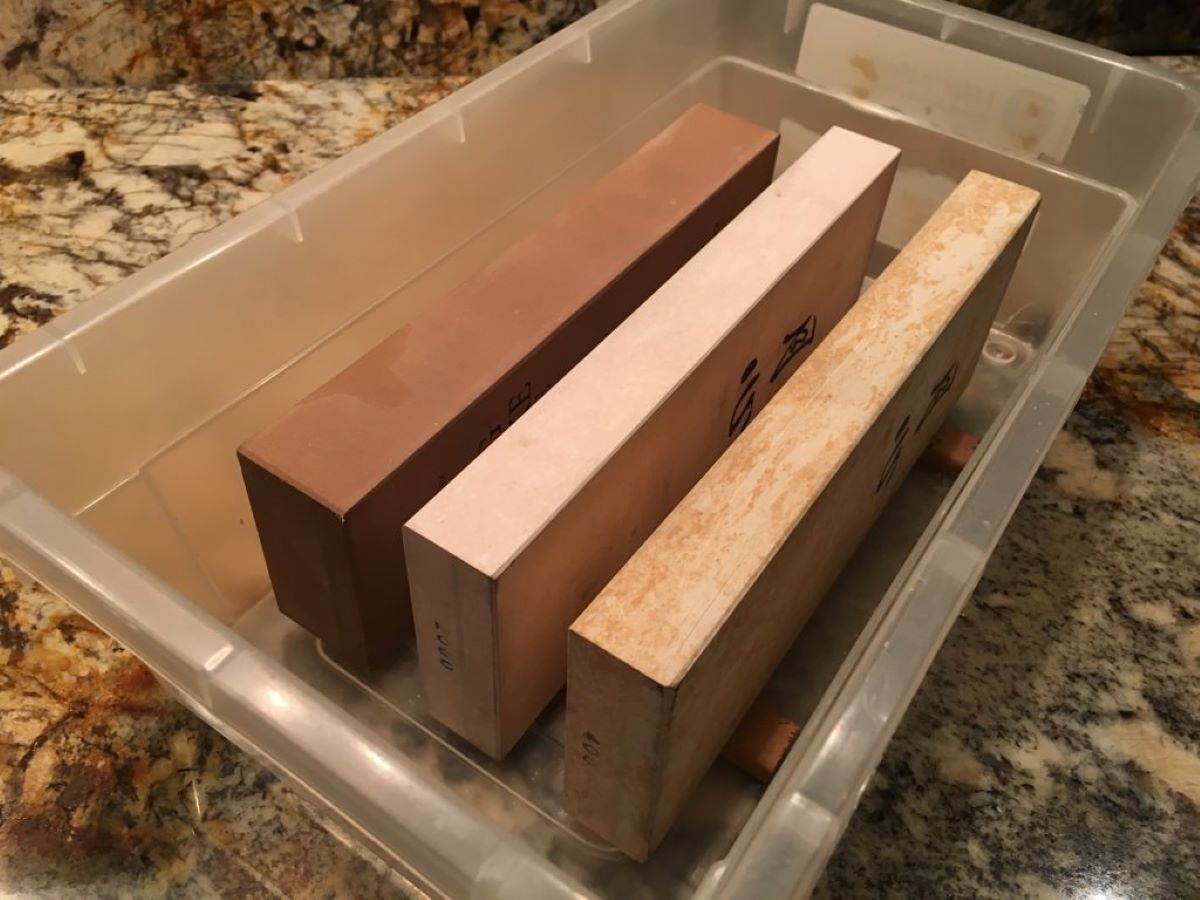

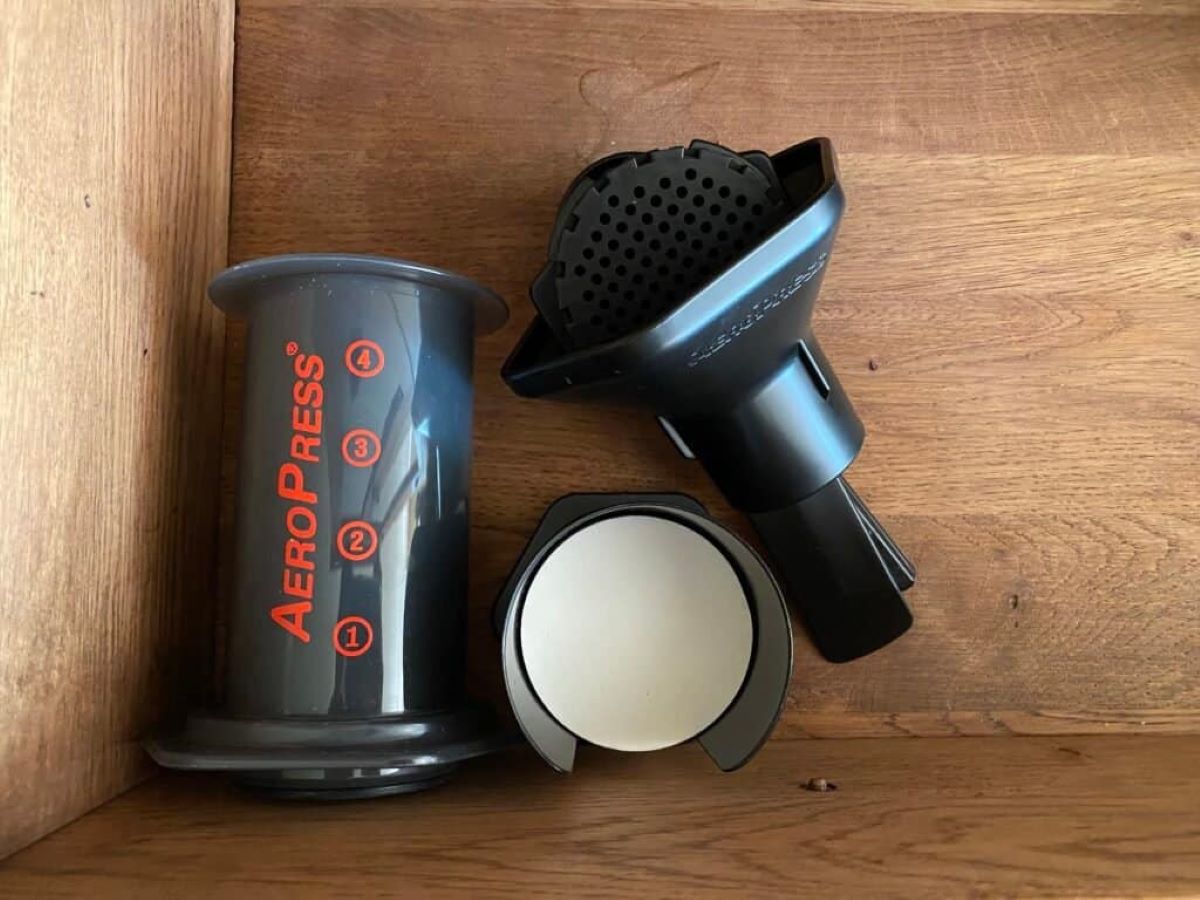
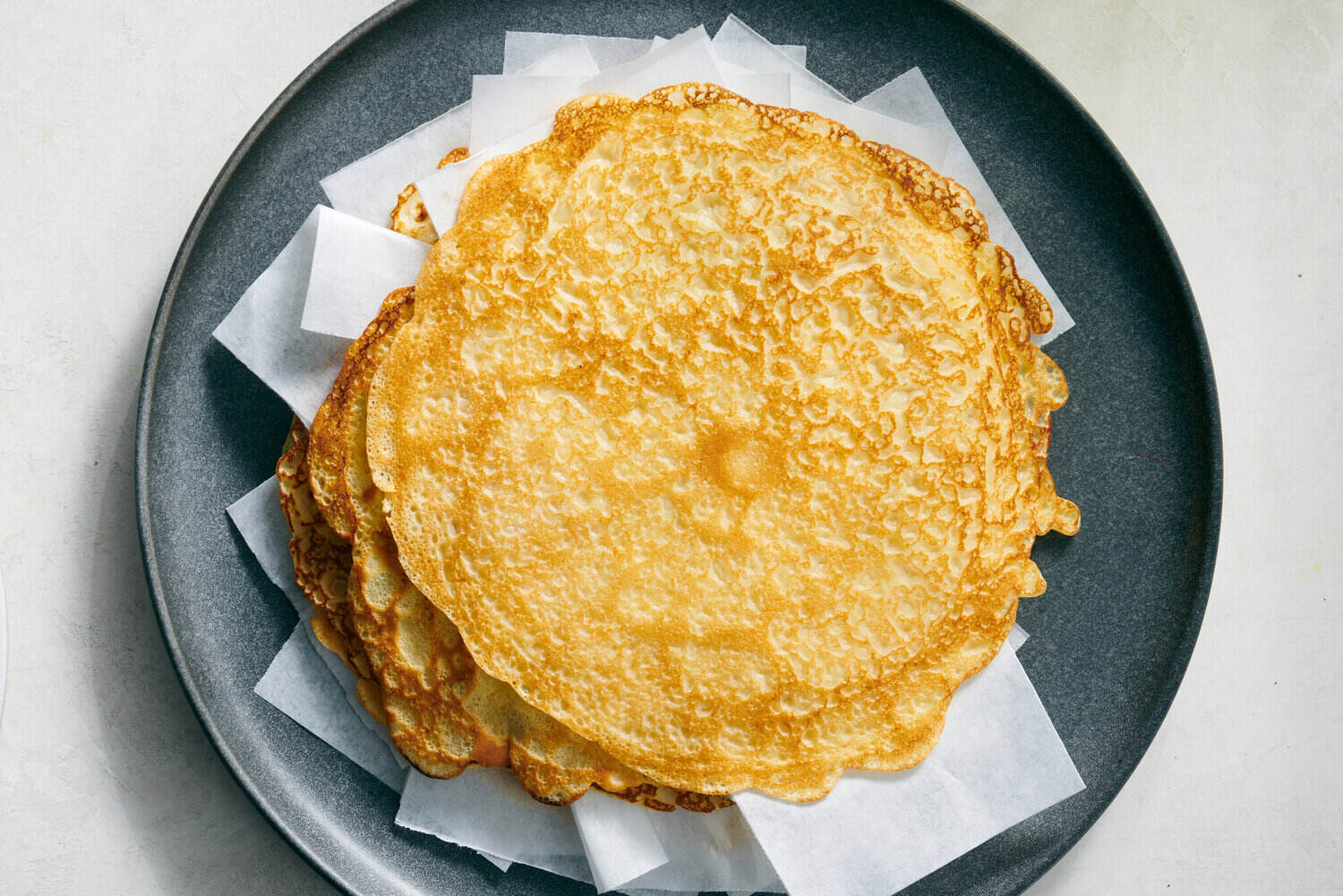
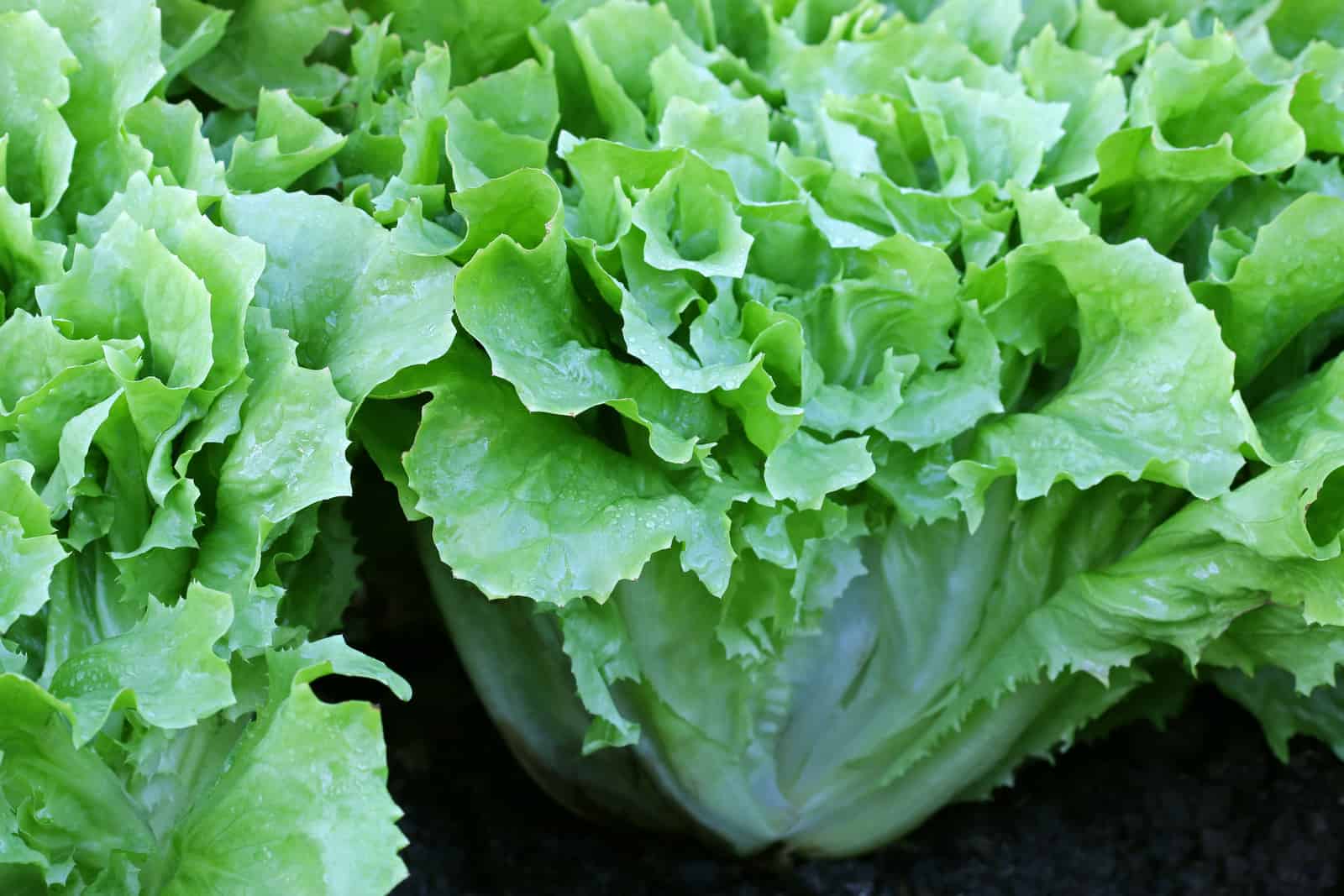

0 thoughts on “How To Store Gumbo”